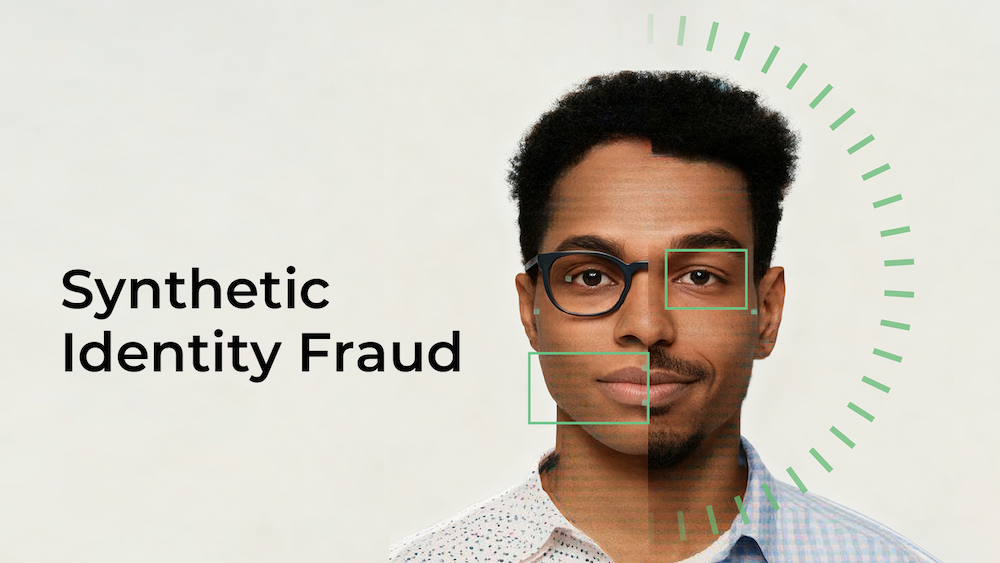We do not offer, support, or condone any illicit services mentioned in this glossary. We also do not sell any data to illegal entities. These terms are provided solely for educational and awareness purposes to help businesses understand and prevent fraud.
What is Third Party Fraud?
Third party fraud refers to fraudulent activities where an attacker, posing as a legitimate user, exploits stolen credentials, identity details, or payment methods to commit unauthorized actions. The victim, often unaware of the breach, only realizes the fraud when they detect suspicious activities, such as unauthorized charges, account takeovers, or loans taken in their name.
This type of fraud is often facilitated through data breaches, phishing attacks, malware, or social engineering tactics. It is one of the most common forms of financial fraud and poses significant challenges to businesses in terms of detection, prevention, and mitigation.
How Does Third Party Fraud Work?
Data Acquisition
Fraudsters obtain personal information or credentials through:
- Data Breaches: Large-scale leaks of sensitive data from organizations.
- Phishing Attacks: Deceptive emails or messages trick victims into revealing login details or payment information.
- Social Engineering: Manipulating victims to share sensitive information directly.
- Skimming Devices: Capturing card information from ATMs or point-of-sale systems.
Exploitation of Stolen Data
- Unauthorized Transactions: Fraudsters use stolen payment information to make purchases or transfer funds.
- Account Takeovers: Fraudsters gain access to a victim’s account, changing credentials and locking out the rightful owner.
- Loan Fraud: Using stolen identities to apply for loans or credit cards, leaving victims with debt they never incurred.
Covering Tracks
- Fraudsters often launder money or goods obtained through the fraud, using fake accounts, drop addresses, or other intermediaries to avoid detection.
Use Cases
Legitimate Scenarios (Prevention)
- Fraud Detection Systems: Implementing machine learning algorithms to monitor transaction patterns and flag suspicious activities.
- Multi-Factor Authentication (MFA): Adding an additional layer of security to prevent unauthorized access.
- Data Encryption: Protecting sensitive user data to minimize exposure in the event of a breach.
Fraudulent Use Cases
- Payment Fraud: Fraudsters use stolen payment information to make high-value purchases.
- Loan or Credit Card Fraud: Using compromised identities to apply for loans or cards under false pretenses.
- Subscription Services: Exploiting stolen credentials to access premium services without paying.
- Insurance Fraud: Filing false claims using another person’s identity.
Impacts on Businesses
Financial Losses
- Chargebacks: Unauthorized transactions often result in chargebacks, costing businesses both the transaction value and additional fees.
- Fraudulent Withdrawals: Financial institutions may incur direct losses from unauthorized transfers.
Reputational Damage
- Customer Distrust: Victims of third party fraud may lose trust in the organization responsible for securing their data or accounts.
- Brand Erosion: Businesses linked to frequent fraud incidents may face negative publicity, affecting their market position.
Operational Challenges
- Fraud Investigations: Businesses must allocate significant resources to detect, investigate, and mitigate fraudulent activities.
- Stricter Policies: Companies may need to implement stricter verification measures, potentially impacting user experience for legitimate customers.
Compliance and Regulatory Risks
- Data Breach Fines: Organizations that fail to protect customer data may face penalties under regulations like GDPR or CCPA.
- AML Violations: Failure to detect and prevent fraud involving money laundering could result in legal and financial consequences.













